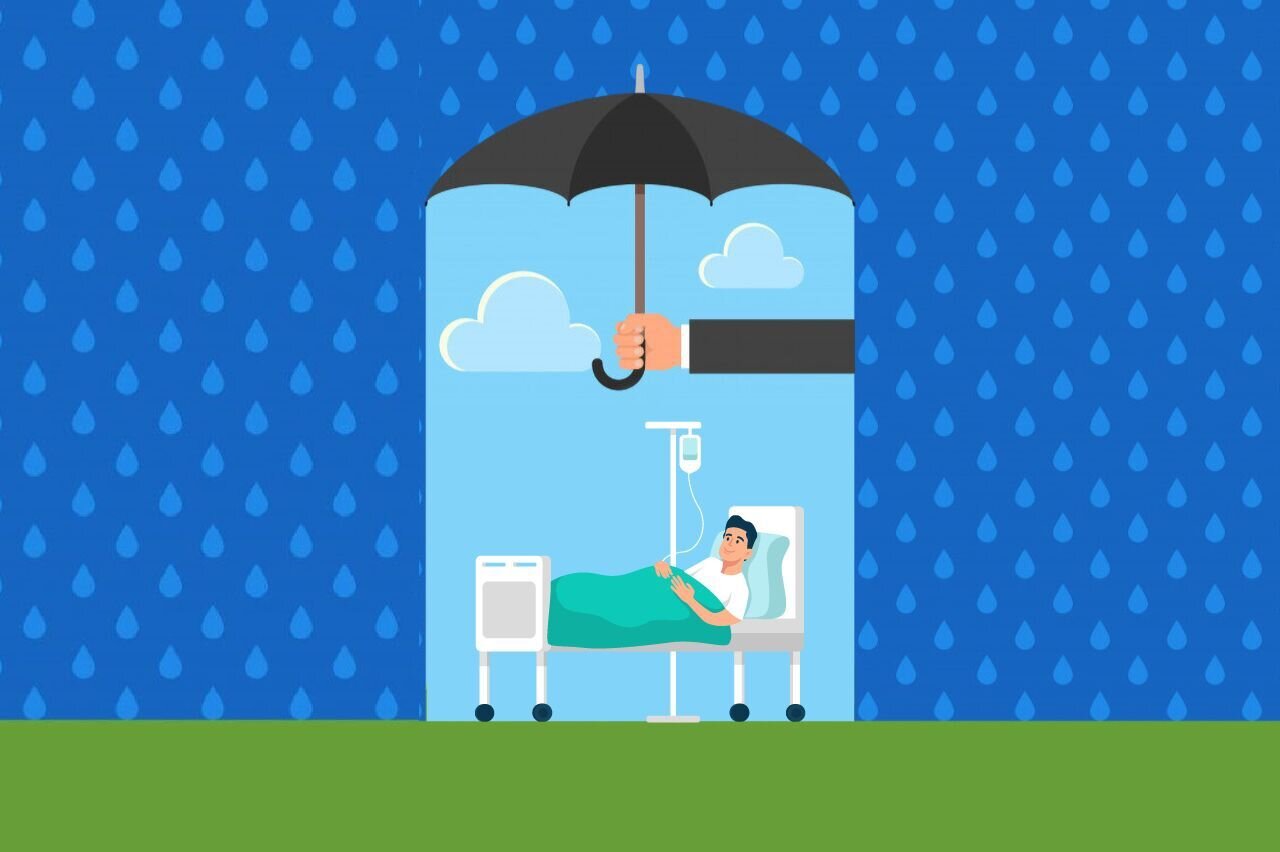Some 75% of insured population getting free health coverage

TEHRAN - An official with the Health Insurance Organization has said around 33 million out of nearly 44 million insured people are covered by free health services.
More than 142 million visits were made to 50,000 health service centers across the country during the past Iranian calendar year (ended March 20), Emad Mollazadeh said, IRNA reported.
He made the remarks on the occasion of National Health Insurance Week, being celebrated from October 21 to 27.
The law for universal health coverage took effect on October 25, 1994.
In this line, different programs are being held annually to get people and health service providers more familiar with the activities and services of the Health Insurance Organization.
The main theme of the week is "Universal health insurance a step towards the realization of social justice."
The first day of Health Insurance Week (October 21st) is named "Education, prevention and family health".
Other days of the week have been named as follows.
October 22nd, "Smart system and electronic health services."
October 23rd, "Supporting incurable, rare disease treatment, Social and health donors' contribution."
October 24th, "Universal coverage, Fair access to health services, and Financial support of insured."
October 25th, "Improving services, Strategic purchases, and Supervising optimum health services."
October 26th, "Informing, empowering, and client orientation."
October 27th, "Supporting the treatment of infertile couples, and Youth population growth."
Universal public health insurance scheme
Iran’s universal public health insurance scheme, known as Salamat Health Insurance, covers hospitalization, para-clinical, and outpatient services, including doctor’s visits, radiology, lab tests, and medication costs at any public hospital affiliated with the Ministry of Health.
Iran has taken steps to provide health coverage for the whole population, in addition to the refugees. Even during the outbreak of the coronavirus, the country has provided treatment services and vaccination to foreign nationals just like Iranians.
Some 170,000 refugees residing in Iran are now covered by health insurance, according to the United Nations High Commissioner for Refugees.
Iran has also gone far to establish a Primary Health Care (PHC) system in 1981, now covering a population of approximately 82 million rural and urban residents, which is considered a great step towards universal health coverage, Mohammad Hossein Niknam, Immunologist in Tehran University of Medical Sciences, told the Tehran Times in 2020.
IHIO services
Iran Health Insurance Organization, together with the Ministry of Health, provided important and significant services in different sectors during the past year (March 2022-March 2023).
Providing free insurance for low-income families, paying the medical expenses of infertile couples, providing services to the disabled, supporting patients with rare diseases, and providing services to foreign nationals have been done in the past year, IRNA reported.
The government has adopted policies to identify uninsured people. In this regard, the Health Insurance Organization in cooperation and interaction with the Social Security Organization was assigned to identify uninsured people, who are often from the vulnerable groups of society.
Accordingly, some 90 percent of hospitalization costs and around 70 percent of outpatient treatment costs are covered by insurance.
In this regard, by allocating 50 trillion rials (about $100 million), 107 rare diseases are covered by the health insurance fund, and with the cooperation of universities, a lion’s share of treatment costs are paid by the government.
So far, more than 31 rare and special diseases, including high blood pressure, MS, type 2 diabetes, hemodialysis, thalassemia, kidney transplant, hemophilia, diabetic retinopathy, type 1 diabetes, cystic fibrosis, and autism, have been identified in the system of the Health Insurance Organization.
Unfortunately, during the past years, many infertile couples who wanted a child avoided pursuing their problems due to the huge and staggering costs of treatment.
This is while paying attention to this important issue can help increase the young population, which is one of the most important and influential elements in the progress and development of the country.
With the support of the organization, infertile couples without insurance coverage, pregnant mothers, and their babies up to the age of 5 are covered by insurance.
All the indicators of health and treatment have made significant progress after the Islamic Revolution, and now Iran is one of the leading countries in this field.
Electronic health records have been set up so far for 98 percent of people in the country. One of the key features of an EHR is that health information can be created and managed by authorized providers in a digital format capable of being shared with other providers across more than one healthcare organization.
Iran has one of the strongest health systems in the region and this opportunity should be used optimally in the field of health diplomacy, Health Minister Bahram Einollahi has said.
MT/MG
